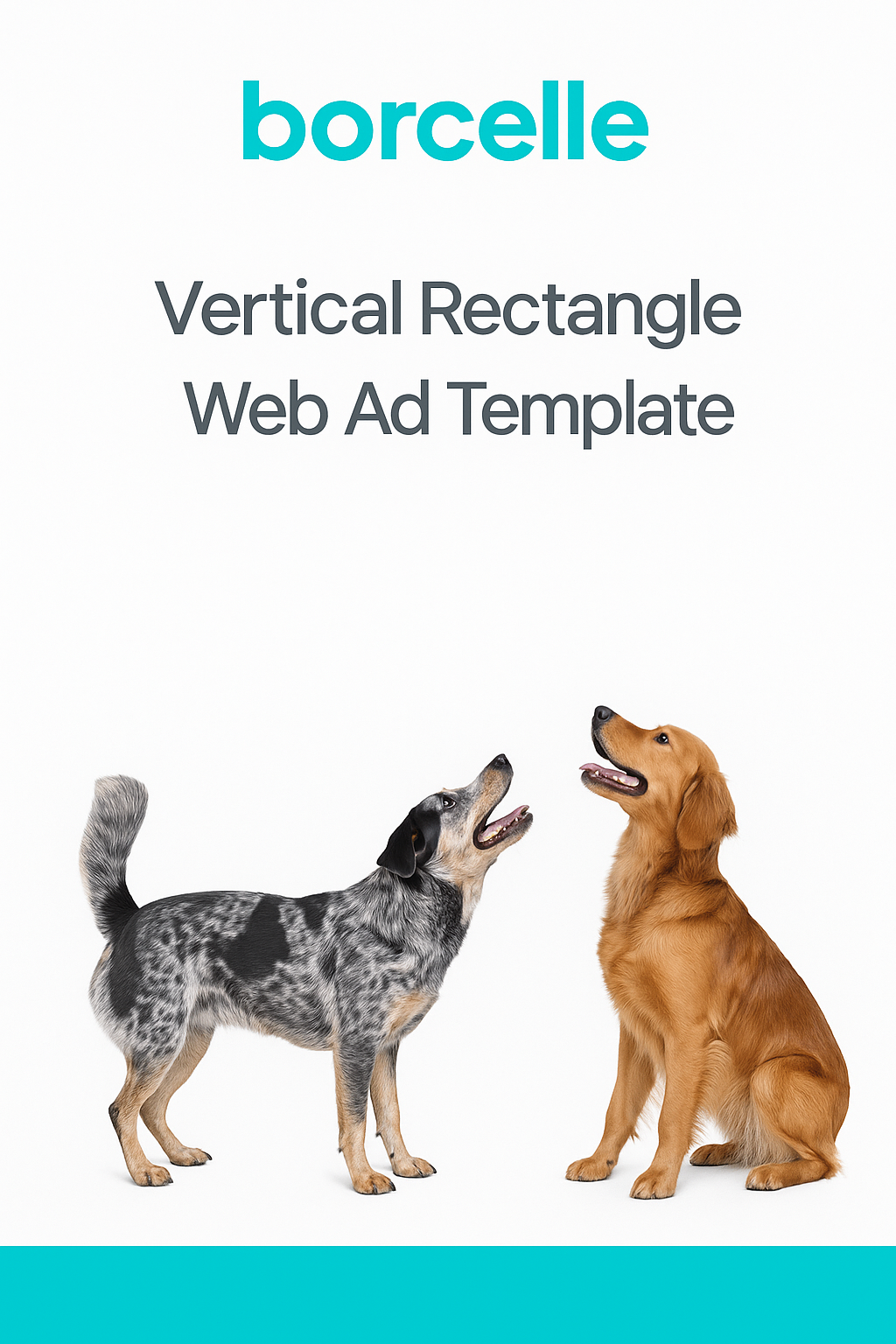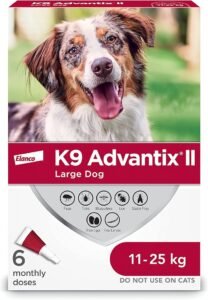Have you heard of Obie the dachshund? You know, the one who tipped the scales at 77 pounds (35 kilograms) when an average dachshund weighs 16-32 pounds (7.3-15 kg). Fortunately, Obie has lost weight and is living a much healthier life now. One of the biggest health problems facing pets these days is the struggle with weight and obesity. Sure, we as veterinarians up north make some allowances in the springtime as we expect a lot of pets gain weight over the winter. With the extra long and harsh winter here in Kingston, Ontario this year I know I did and now I’m working to lose what weight I put on. Strangely, our dogs and cats did not put on weight. So what’s our secret? No, it’s not removing Charlie’s spleen that helped keep him thin. It really is common sense but part of a larger overall plan.
Part 1: EXERCISE
– Spring and summer are the time of year for everyone, including the family pet, to get out and be active. I think many people can be guilty of a little too much couch time (I’ll confess I have been) or not getting Fido out as much due to heat. There is a movement by the National Football League (NFL) to get kids outside to play 60 minutes a day and be active. So is 30-60 minutes too much to ask for your dog? Just be sure to take along a travel bowl and some water if you plan on any outdoor excursions.
Part 2: MEDICAL
– Very commonly, when we discuss weight problems with your cat or dog, it is usually due to them being too thin or losing weight and this is typically related to a medical issue such as hyperthyroidism, kidney disease, or cancer. But what about the other side of the coin when your pet seems to have put on a little extra weight? There are some medical conditions that will cause weight gain, or give the appearance of it. If your pet is gaining or losing weight, it is necessary for your veterinarian to examine them to help rule out medical issues in formulating a weight management plan. The most common is hypothyroidism which tends to affect middle age to older dogs where metabolism is decreased by a lack of thyroid hormones. Another disease that may give the appearance of weight gain is hyperadrenocorticism (Cushing’s disease) where an increased level of the hormone cortisol leads to muscle weakening of the abdominal muscles and subsequent abdominal distension or a pot-bellied appearance. For cats, abdominal distension (if not due to weight gain), is often a sign of fluid accumulation due to heart or liver disease for example.
Part 3: FOOD CHOICE & PORTIONS (this is the most important part!!!)
– Two things I stress with all my clients are counting calories and measure food portions. Many people choose to use a “weight control” diet from an over the counter brand. Unfortunately, not every brand lowers the calories significantly or their general maintenance diets are quite high to begin with. But more often the issue is how pets are being fed. Oftentimes, multiple people are helping to feed the pets, animals are free fed (just leaving a bowl out), or portions are not measured. This can lead to overfeeding and the dreaded weight gain. “But doctor, it’s impossible to feed my pets separately” or “if I don’t feed him, he cries all the time” are two common responses I get during this discussion. Overfeeding is typically all that needs to be corrected to help your pet slim down.
Step 1: Always measure the food. Your vet will often have plastic measuring cups from food companies they will give you so you can leave it in the bag.
Step 2: Discuss with your veterinarian the number of calories your pet needs to maintain or lose weight and strictly adhere to it.
Step 3: Whether you have one pet or five pets, make them have a set mealtime. Don’t give in and let them snack when they cry out. If you have multiple pets, close one in the bathroom, one in a bedroom, get a baby gate…whatever, just separate them so that one pet is not overeating while another gets shortchanged. To adjust your free-fed pet to mealtimes, I recommend giving them 20-30 minutes with the food twice a day then pick it up. Your pets will learn quickly that this is the time to eat.
Step 4: Limit treats and avoid table foods.
You may find that if you do nothing more than follow the 4 steps above, your pet can lose weight! You may not even have to change food which is particularly useful for those picky eaters. Help your cat or dog fight the battle against pet obesity!






